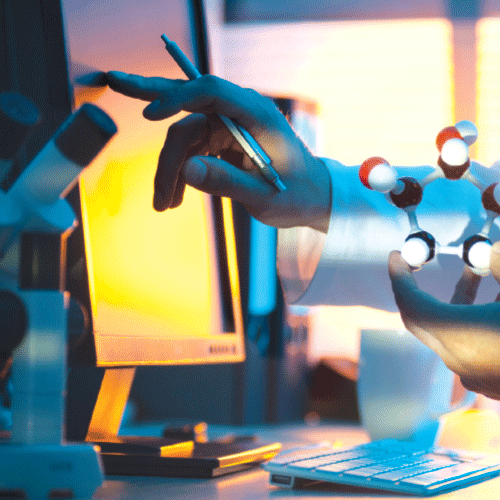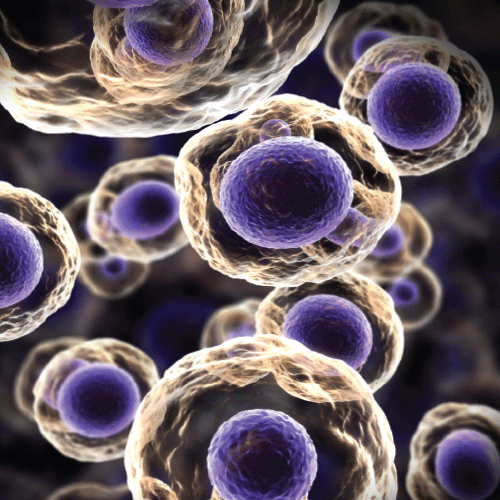Recombinant DNA and Genetic Engineering
For centuries, humans have used selective breeding techniques to modify the characteristics of both plants and animals. Typically, organisms with desired traits like a high grain count, specific petal color or fragrance, consistent milk production or ability to herd livestock have been chosen to pass those traits to the next generation. These breeding practices, while very successful, require a large number of generations to yield the desired results. In addition, only traits that are naturally expressed in a species can be selected. For example, traditional breeding methods do not allow characteristics to be transferred from a plant to an animal.
 Research during the last 100 years has identified the relationship that exists between physically observed traits and the genetic information that codes for those traits. This understanding has been coupled with modern molecular laboratory techniques to transfer certain traits expressed in one species into a different (and maybe very distant) species. Scientists can modify the DNA of bacteria, plants and animals to add genetic information (and the associated characteristics) from a different organism. This process has historically been called genetic engineering but more recently is referred to as recombinant DNA technology or genetic modification.
Research during the last 100 years has identified the relationship that exists between physically observed traits and the genetic information that codes for those traits. This understanding has been coupled with modern molecular laboratory techniques to transfer certain traits expressed in one species into a different (and maybe very distant) species. Scientists can modify the DNA of bacteria, plants and animals to add genetic information (and the associated characteristics) from a different organism. This process has historically been called genetic engineering but more recently is referred to as recombinant DNA technology or genetic modification.
To make a recombinant organism, the gene of interest must first be isolated from the initial donor organism. To isolate the gene, scientists use restriction enzymes, proteins that can be thought of as molecular scissors that cut DNA at specific nucleotide sequences. The restriction enzymes cut the DNA on either side of the gene of interest. The DNA fragment containing the gene is then ligated (fused) into a different piece of DNA called a vector. The vector serves as a mechanism to carry the gene of interest into the host. It often includes additional genetic information such as selectable markers and genetic signals that control when and where it will be expressed. The vector is then introduced into a single host cell. From this cell, an entire organism, plant or animal is grown.
The organism must be tested to make sure the gene is functioning correctly and the organism is exhibiting the desired trait. Multiple generations are grown and tested before the crop, therapeutic drug or sensor is made commercially available.
Since the first recombinant DNA molecule was created in 1973, the technology has been used across a wide variety of fields:
- Amending crops such as corn or soybean, adding pest or herbicide resistance, or increasing nutrient content
- Modifying bacteria by adding genes that produce enzymes used in industry (Chymosin — used for making cheese)
- Producing therapeutic products such as human insulin (Humulin®), blood clotting factors (rFVII) and components of the immune system (Enbrel®)
- Developing biosensors to identify toxins in the water, soil or air
Recombinant DNA forms the core of many key biotechnology applications and continues to result in new approaches that impact agriculture, healthcare and the environment. The technology is also at the core of gene therapy, a series of techniques aimed at introducing the correct version of a gene into the cells of a patient. Gene therapy is a complicated process with only limited success to date. Silencing an overactive gene is a related form of therapy that at times utilizes recombinant DNA.


